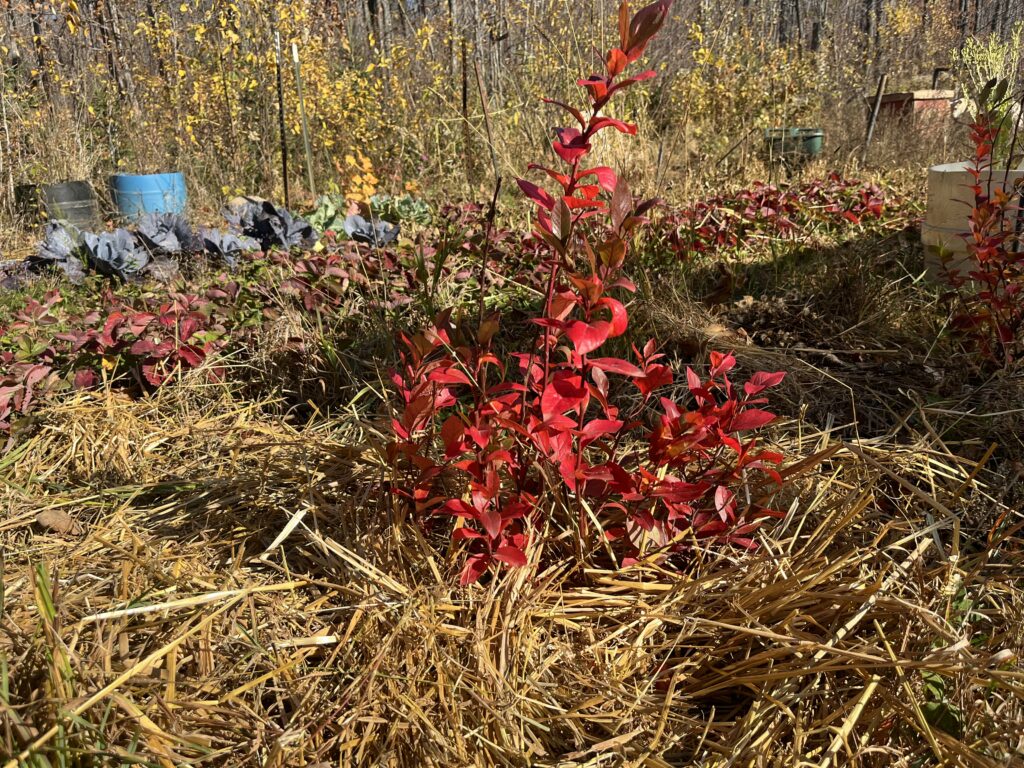As winter approaches, it’s crucial to prepare your home for the chilly months ahead. Not only does this ensure a cozy atmosphere, but it also helps reduce energy costs and prevent costly repairs. Here are six practical steps to effectively winterize your home.
1. Insulate Exposed Pipes. One of the biggest risks in winter is frozen pipes, which can lead to bursts and significant water damage. Insulating exposed pipes with foam sleeves or wraps is a simple but effective way to protect against freezing temperatures. By taking this precaution now, you can avoid a major headache later.
2. Clean Out Gutters. Clogged gutters can lead to serious issues, including water overflow that damages your home’s foundation. Regularly cleaning your gutters ensures proper drainage and prevents water from pooling around your house, this can cause foundation problems. This simple maintenance task can save you from costly repairs down the line.
3. Get Your Fireplace Inspected and Cleaned. Before lighting your first fire, make sure your fireplace is safe and efficient. Schedule a cleaning and inspection to remove creosote and soot buildup, which can lead to dangerous chimney fires. A professional check ensures that your fireplace operates smoothly, providing warmth without compromising safety.
4. Mulch Flower Beds. Don’t overlook your outdoor plants! Applying mulch to flower beds acts as an insulator for the soil, helping plants survive the freezing and thawing cycles of winter. This extra layer protects root systems and retains moisture, ensuring your garden remains resilient throughout the colder months.
5. Check for Drafts. Drafty windows and doors are notorious for letting heat escape. Use weather stripping or caulk to seal gaps and cracks, keeping cold air out and warm air in. This straightforward step not only enhances comfort but also contributes to lower heating bills.
6. Keep Rodents Out. As temperatures drop, rodents often seek shelter inside homes. According to pest control company Orkin, around 21 million homes in the U.S. experience rodent invasions each fall. To deter these unwelcome guests, seal any holes and weatherstrip around doors and windows. Additionally, store firewood away from exterior walls and move any upholstered furniture indoors to prevent nesting.
Understanding Winterization vs. Weatherization
Cameron Kadlubowski, a community energy transition specialist at Ecolibrium3 in Duluth explains the difference between winterization and weatherization. While winterizing involves seasonal preparations like cleaning gutters and insulating pipes, weatherization focuses on enhancing your home’s energy efficiency year-round. This can include air sealing and insulation upgrades.
Kadlubowski recommends an energy audit prior to deciding where to weatherize. Ecolibrium3 offers energy audits for those paying out of pocket and those who fit within their low income guidelines.
This service helps pinpoint where energy is being lost, leading to long-term savings and increased comfort.
Tips for Effective Weatherization
Chris O’Brien, president of the board of the Cook County Local Energy Project (CCLEP), emphasizes that the first step to reducing heating costs is identifying where heat escapes. He also recommends hiring an energy consultant to perform a home energy audit, which often includes a “blower door test.” This is the same type of test that Kadlubowski recommends. This test pressurizes your home to detect leaks, particularly in areas where walls meet the roof and around electrical outlets.
For homeowners using electric heat, benchmarking tools available through your electricity provider can help compare consumption against similar homes. Those using propane heat can find similar resources from their propane dealer.
Financial Incentives
If you opt for an energy audit, you might find costs manageable, as many providers offer incentives. For instance, Senty Construction in Grand Marais, charges approximately $650 for a complete audit, and homeowners can claim a $150 federal tax credit for the audit. Additionally, weatherization expenses may qualify for a federal tax credit of 30%, or up to $1,200. Eco3 does energy audits for all income levels. The cost of an assessment can be offset by utility rebates and other incentives or free to those that meet income guidelines.
Real-Life Success Stories
Rebecca Bischoff and her partner, Matt Morgan, purchased a century-old home in 2021. After conducting an energy audit, they identified drafty areas that needed sealing and insulation. The audit revealed that an addition to their home was particularly drafty. They also added insulation in the crawlspace of the addition.
In other areas of the home, they also sealed areas between the foundation and floor joists in the basement and put plastic on the windows. “We also have things that need to be fixed or replaced,” Bischoff said, but for some repairs they are waiting until they can afford to make them or balancing energy efficient updates with keeping the historic character of the house.
Where You Can Get Help
By taking these proactive steps to winterize and weatherize your home, you can significantly reduce energy costs and ensure a cozy living environment. Whether you own or rent, implementing these strategies will help you stay warm and comfortable during the winter months. With a little effort now, you can enjoy the season worry-free and contribute to a healthier, more energy-efficient home.
For more information visit Cook County Local Energy https://www.cookcountylocalenergy.org/ or Ecolibrium 3 https://www.ecolibrium3.org/energy/
If you live outside of these two areas contact The Arrowhead Economic Opportunity Agency https://www.aeoa.org/energy-assistance-program

